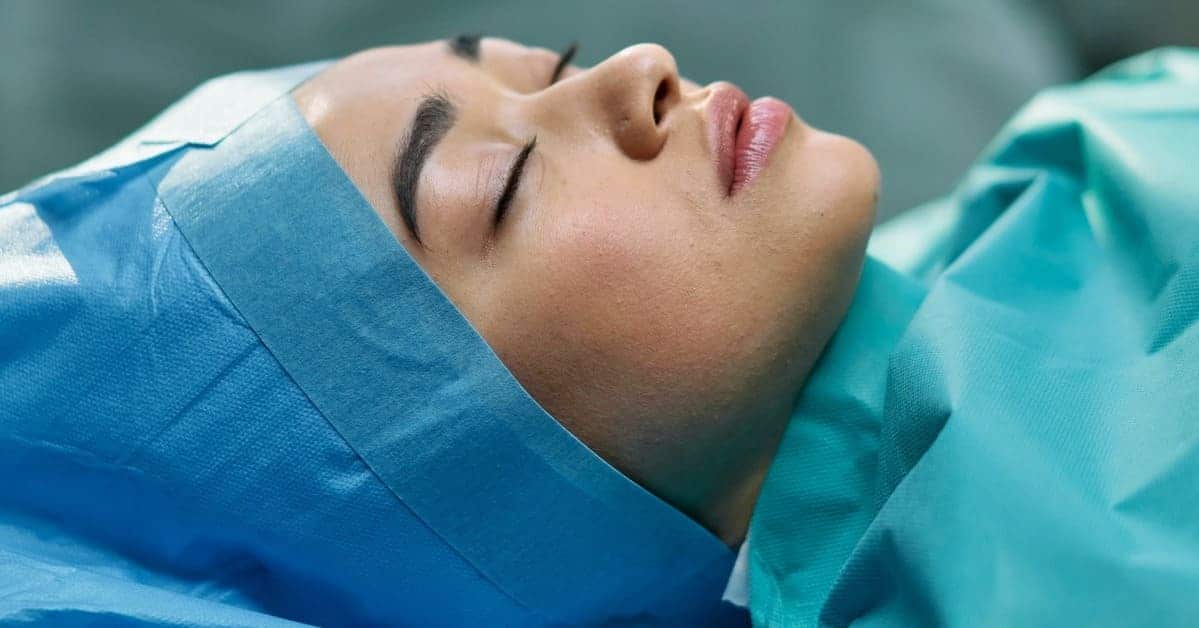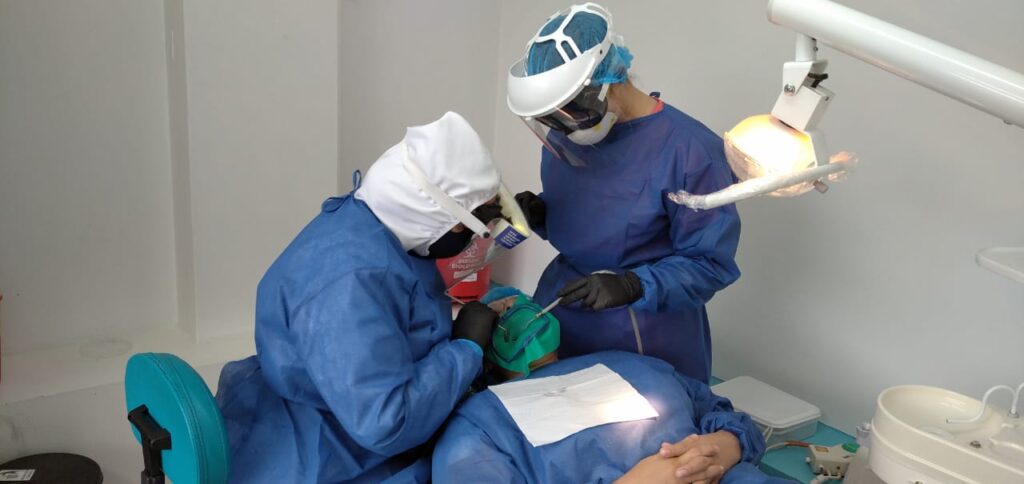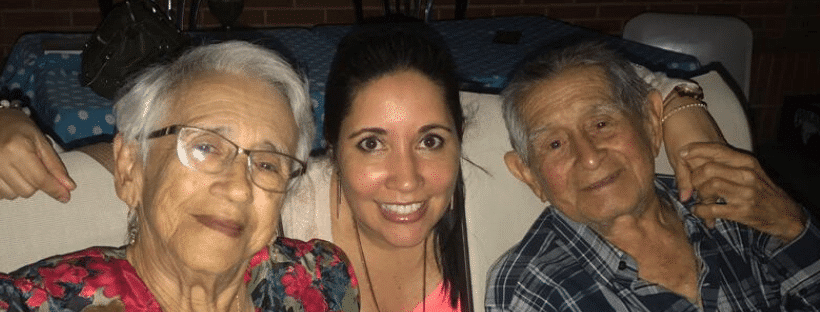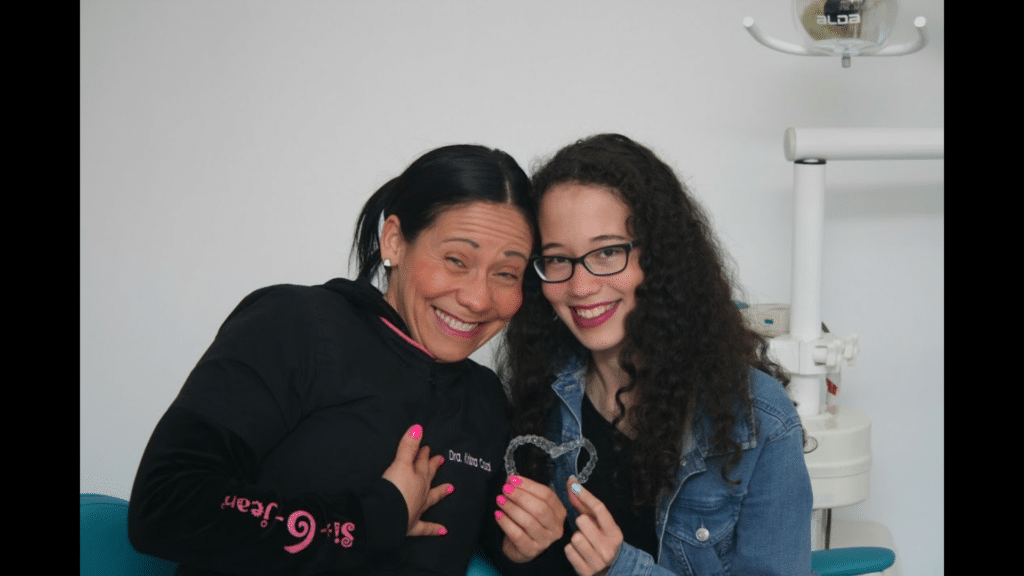In the world of dentistry, conscious sedation has revolutionized the patient experience, providing a safe and effective alternative for those who feel anxious or afraid when visiting the dentist. From dental fillings, wisdom teeth removal to root canals and dental implants, sedation dentistry allows patients to receive the care they need without experiencing unnecessary discomfort.
In this article, we will explore in detail everything you need to know about conscious sedation in dentistry. You will discover what exactly it consists of, how it is administered, its benefits and possible risks, and what dental procedures are compatible with this technique.
Whether you are considering major dental treatment or simply want to expand your knowledge about sedation options, this article will provide you with all the essential information.
Stay informed and discover how conscious sedation can make your visits to the dentist in Quito more pleasant and less stressful.

Table of Content
What is sedation?
Sedation is a controlled medical procedure that uses medications that will make you calmer, drowsier, or asleep.
That is, sedation eliminates the excessive anxiety that a visit to the dentist can generate in some patients.
Who does it?
The professional who is in charge of sedation is an anesthesiologist, who must previously know all your medical and health records in order to determine and administer the most appropriate anesthetic technique for you and to be able to effectively mitigate possible risks associated with sedation. .
The anesthesiologist remains with you throughout the procedure, closely monitoring your vital signs such as blood pressure, pulse and oxygen saturation, as well as administering the necessary medications and doses so that you have the level of sedation best suited to the procedure being performed. is doing.
Likewise, the anesthesiologist is ready to deal with any unforeseen event that may arise. Having medications and equipment for this purpose.
Candidates for Sedation in Dentistry
Sedation should be administered only to patients who really need it. And it can be done in children or adults.
We could consider candidates for sedation in patients with 1:
- Dental anxiety.
- Limited cooperation
- Excessive fear of the dentist.
- Certain medical conditions such as epilepsy
- Strong gag reflex
- Fear of needles
- Extreme tooth sensitivity.
- Claustrophobia while in the dental chair.
- Patients who offer a low response to local anesthesia.
- Difficulty controlling movements, for example of the tongue
- Special needs (including physical, cognitive or behavioral).
Type of sedation used in dentistry
The most used sedation technique in dentistry is intravenous, that is, a line is taken in your arm through which the medications that make sedation possible are administered.
With this technique it is possible to control the level of sedation to adjust it to the needs of the dentist and the patient.
During this type of sedation, reflexes are not lost, that is, you will be able to breathe on your own as well as cough.
Being a low level of sedation, the point of general inhibition of sensations is not reached. For this reason and if necessary, the dentist will administer the local anesthesia that your treatment requires so that you do not feel any pain.
Benefits of sedation in dental procedures
- Greater comfort for the patient: you will not feel or remember anything of what happened
- Fewer visits to the dentist: multiple treatments can be performed in a single sedation session
- Improves the quality of life of patients with phobias or fears: sedation is an excellent alternative for patients who, due to phobias or fear of the dentist, have not been able to enjoy good oral health.
- High-quality dental treatments: a patient under sedation allows the dentist to work much more comfortably, increasing the possibility of achieving a successful treatment.
Sedation risks and considerations
Anesthesia, like any medical procedure, carries a minor, acceptable risk due to the benefit it represents.
However, among the possible risks we have:
- Minor sequels
- Acute and serious complications that can even result in death.
- Certain unforeseeable circumstances such as allergic and idiopathic factors
- Depression of respiratory function
- Bronchopulmonary aspiration of oral or gastric secretions
- Sudden closure of the airway
These results will depend on the patient’s own characteristics, medical status at the time of procedure, the type of procedure to be performed, which are situations in which the anesthesiologist will take measures preventive measures to make them manageable.
That is why it is so important that, prior to sedation, you report your entire health status and history at the time your dental history is being taken.
Currently it can be said that sedation is a very safe process whose complications occur in minimal percentages 2.
Preparation for a dental procedure with sedation
- It is recommended to come with a companion: on the day of the procedure you must go with a person you trust who is there before, during and after the surgery, in the case of a minor or differently abled person you must be accompanied by the legal guardian.
- Fasting: You must fast 6 hours prior to the procedure, the intake of clear liquids such as water can be done up to 2 hours prior to the procedure.
- Medication: If you use Oral Anticoagulants, you must inform the health team so they can tell you how to stop it.
- Do not take HYPOGLYCEMIANS OR INJECT INSULIN on the day of the procedure.
- Patients with a history of High Blood Pressure should take their usual medication on the day of the procedure.
- If you have dental prostheses, remember to remove them before entering the procedure room and hand them over to your family.
- Show up in comfortable clothing.
- You will not be able to have surgery if you have a fever or any respiratory symptoms.
The sedation administration process
You will most likely be given intravenous medication to make you calmer, which will cause you to be drowsy or asleep..
The medication and drugs used are administered according to the individual clinical situation of each patient.
During sedation
During the procedure, respiratory, cardiovascular and reflex functions will be maintained through continuous monitoring 3
Additionally, the anesthesiologist will administer medications in a way that will keep you under the correct level of sedation throughout the entire dental treatment.
After a procedure with sedation
After the anesthetic procedure, you will remain in the recovery room for a while in order to constantly monitor your vital signs, being able to receive timely and specialized care if necessary.
After a medical evaluation that confirms that you are in adequate respiratory and circulatory conditions, in addition, If you do not present symptoms such as pain and nausea, you will be discharged.
It is important that during the first 24 hours after sedation, for your safety, you refrain from driving vehicles and heavy machinery.
Pediatric patients should be monitored by a responsible adult until complete recovery.
Even in the case of third molar extraction in patients between 15 and 35 years old 4, a subsequent follow-up appointment is not necessary. You just have to follow the recommendations after dental surgery
The dentist’s role in sedation
In cases where sedation is applied, the dentist must:
- Collect relevant information in the medical history and during the initial examination
- Offer in advance, orally and in writing, all information relevant to the sedation and dental treatment to be performed
- Assess signs of sedation throughout treatment
- Use high suction to keep the patient’s mouth with as little fluid as possible
- Use rubber dam insulation as much as possible.
- Take special care when applying local anesthesia to guarantee its effectiveness
- Install a mouth opener on the patient to keep the mouth open without requiring the patient’s collaboration in this regard.
- Ensure the patient’s safe recovery before discharge and answer any patient questions
- Give postoperative instructions both written and verbal.
Conclusion
Sedation in dentistry is already a fact and a very safe technique if it is carried out under all the medical and dental protocols that ensure a very comfortable experience for all those people who, for one reason or another, had found it very difficult to receive dental care that allows them to enjoy excellent oral health and therefore a better quality of life.
References
- Richardson, L., Cullen, J. The role of the dental team in delivering conscious sedation in dentistry. BDJ Team 5, 18028 (2018). https://doi.org/10.1038/bdjteam.2018.28 ↩︎
- Dionne RA, Yagiela JA, Moore PA, Gonty A, Zuniga J, Beirne OR. Comparing efficacy and safety of four intravenous sedation regimens in dental outpatients. J Am Dent Assoc. 2001 Jun;132(6):740-51. https://doi.org/10.14219/jada.archive.2001.0271 ↩︎
- Coulthard, P. Conscious sedation guidance. Evid Based Dent 7, 90–91 (2006). https://doi.org/10.1038/sj.ebd.6400441 ↩︎
- Ainsworth, G. Routine follow-up visits not necessary after third molar removal under sedation. Evid Based Dent 7, 92 (2006). https://doi.org/10.1038/sj.ebd.6400442 ↩︎





